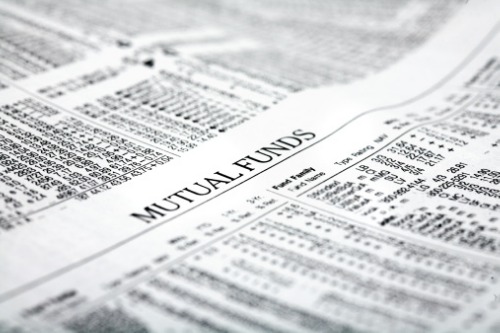It might be time to retire the conventional approach of gauging performance using ten-year track records

During the turn of the millennium, there was the dot-com bubble. The global financial crisis exploded near the end of the aughts. Since then, investors have enjoyed gains from the longest-ever bull market in equities — and that’s a problem when it comes to evaluating large-cap funds.
“[T]he most recent decade—a time frame that is the basis for the most popular mutual-fund ratings—no longer contains a bear market for large-cap funds,” said a report from The Wall Street Journal. “That means the funds haven’t been tested by adversity.”
The Journal noted how volatility-adjusted returns have been a cornerstone of many fund-rating systems. A basic metric that captures this, the Sharpe ratio, adjusts the returns of an investment by considering the returns one could have reaped from a risk-free investment such as a U.S. Treasury Bill, and then relates that adjusted number to volatility as captured by the standard deviation of returns.
Morningstar’s star rating system puts a spin on the Sharpe ratio by considering underlying ratings for three-year, five-year, and 10-year timeframes, when available, and putting more weight on longer-term metrics. The top 10% in each fund category get five stars, while the worst 10% get one star; the following best and worst 22.5% get four and two stars, respectively, and the rest that fall in the middle receive three stars.
Read also: Issues arising with CSA risk-rating methodology
The drawback of limiting the performance evaluation period to 10 years, particularly for large-cap funds, becomes clear when one considers the S&P 500. It registered a 13.95% annualized return over the decade through May 2019, compared to just 8.4% over the trailing 15-year period — which includes the index’s 37% drop in 2008, as well as its 50% decline over the period from 2008 through early March 2009.
“Since the end of the crisis, the S&P 500 hasn’t endured a 20% drop,” the Journal said, though it flirted with such a decline in 2011, 2015, and 2018. The index has also exhibited dampened return volatility both for the decade (12.59%) and the 15-year period (13.74%), much lower than the 18% it saw from 1970 through May 2019.
The Sharpe ratio for the index provides a corroborating view of performance distortion. That number is approximately 0.50% for nearly the past century; for the past 15 years, it is 0.56%. But it soars to 1.05% based on the last decade.
“Investors choosing index funds shouldn’t expect U.S. large cap-stocks to deliver double the return per unit of volatility in the future that they have over the past century,” the Journal said, emphasizing the folly of anticipating future outperformance based on the past.
Some investors may ponder turning to active funds, which have the potential to outperform — or at least sink less than — funds that simply track an index during a bear market. But some of those stock-picking funds have lagged their benchmark-based counterparts over the past 15 years. That includes the Dodge & Cox Stock fund (DODGX), whose 15-year annualized returns through May came in at 7.89%, and the Pioneer fund (PIODX), which did slightly worse with 7.71%.
Despite underperforming the S&P 500, the two funds have earned four-star ratings from Morningstar based on their 10-year records through May. “Both funds have Sharpe ratios inferior to that of the index for the 15-year period as well,” the Journal added.



